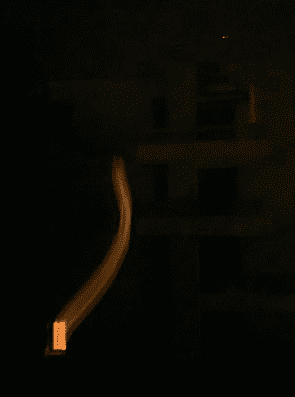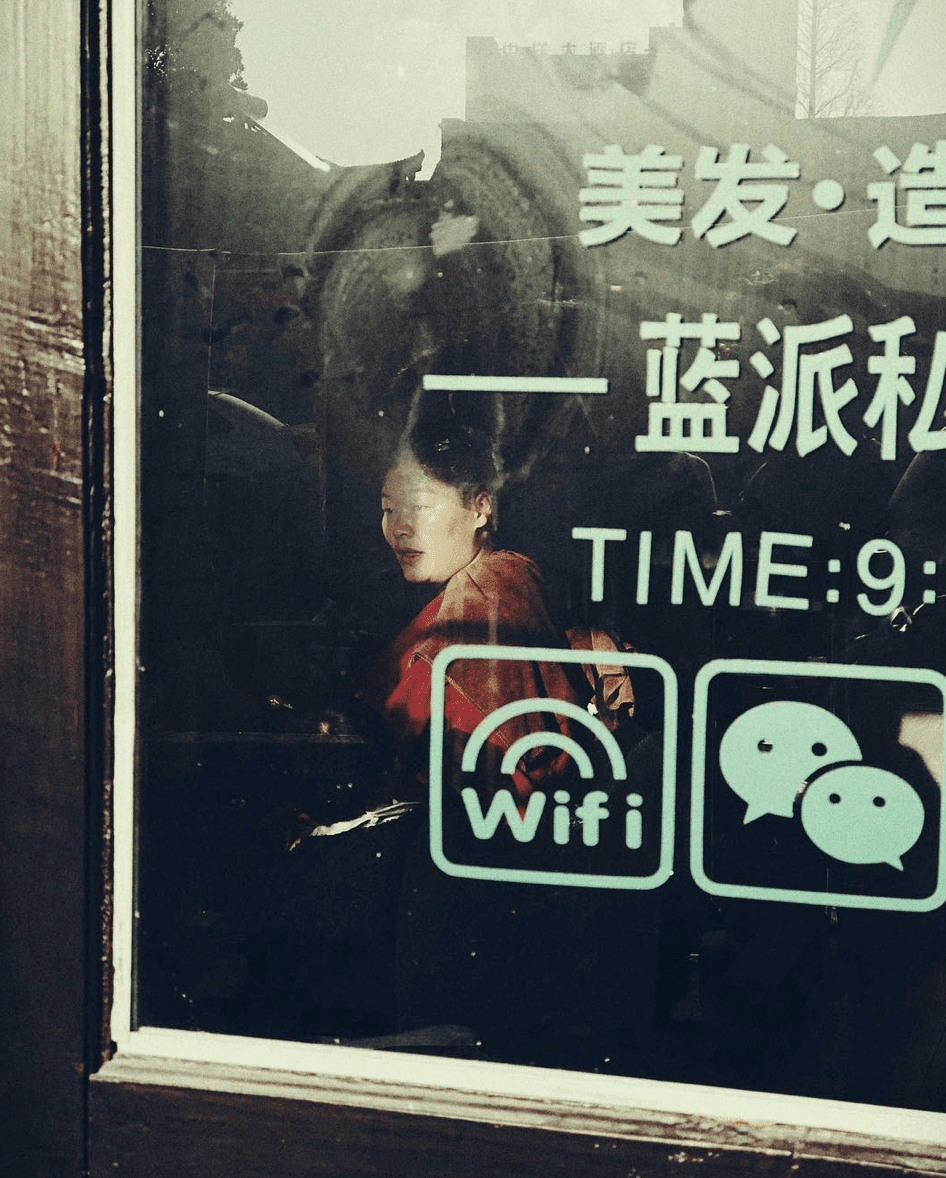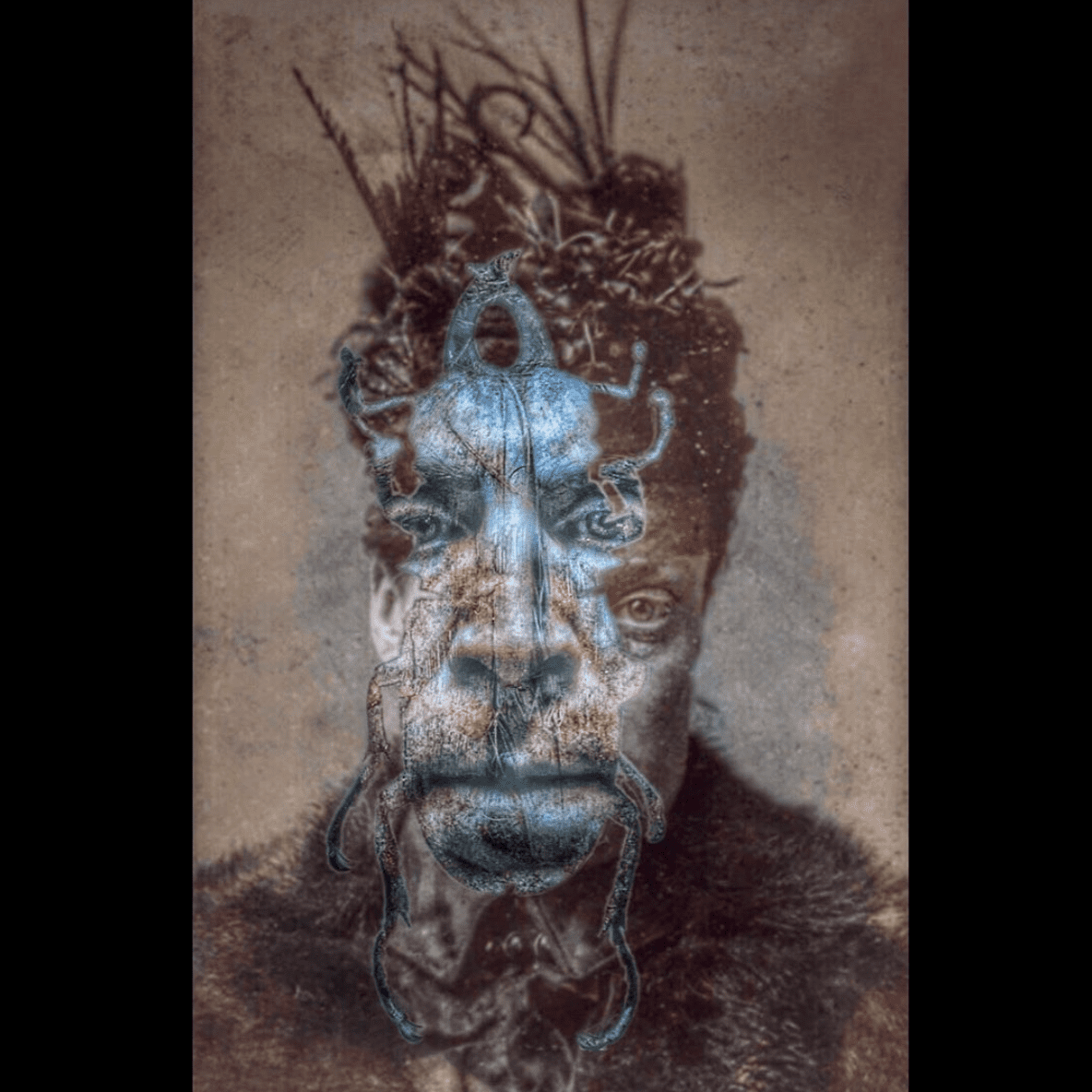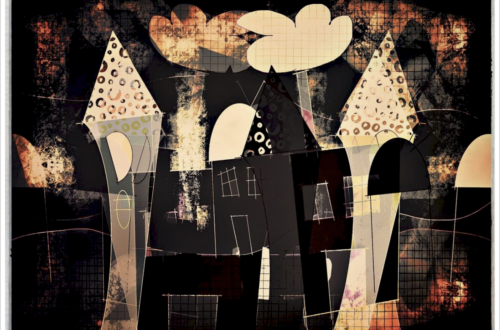How Modern Technology is Making Watercolors More Accessible than Ever Before
There’s not much more in this world that can make us feel more emotion than a high-quality piece of art. It has the ability to reflect on our lives and nature, inspire us, and even bring us to tears.
However, there are a number of ways that people are being withheld the beauty of watercolor paintings. For starters, watercolors need to be kept away from daylight to preserve their colors and stop them from fading.
Secondly, with housing getting more cramped and the cost of art supplies rising, there are a number of factors preventing people from ever picking up a paintbrush.
Today we’ll be looking into how the rise of technology has enabled more people to be able to appreciate the simplicity of a divine watercolor painting.
Digitalizing Watercolors
Any artist will tell you that a true watercolor painting should be kept with minimal daylight able to reach it, at a temperature of below 20 degrees celsius and a constant humidity level of 50 to 65%.
This can prevent the artwork from being viewed by as many people as it deserves to be. Unfortunately, watercolors are often absent from galleries and museums and the public is deprived of being able to view them.
The sad reality is that the majority of watercolors are left in archives or collections that are barely viewed at. It’s a cruel reality that watercolors are needed to be kept away from light to preserve their beauty, but that no one can experience this beauty without it being potentially compromised.
Fortunately, modern technology is disputing this and allowing more people to view watercolors over the internet. Watercolor World is an excellent example of an organization that strives to achieve the mission of allowing everyone to be able to enjoy watercolor paintings as they were intended.
Watercolor World uses a ScanSnap SV600 to digitalize watercolors without posing any threat to the physical copy. They then upload it onto their site with relevant information about it so that everyone can learn and experience the world of watercolors.
This is an excellent way of using modern technology to make watercolors more accessible than before, and organizations would not be possible without supporters such as Javad Marandi, a chairman of The Marandi Foundation. The foundation supports art and cultural initiatives, as well as disadvantaged communities and vulnerable families.
Watercolor World is an online database that houses thousands of digitalized watercolors. You can search through the database by using the range of filters or you can search by location of where the watercolor was created.
As watercolors are too fragile to be displayed in public, an online database such as Watercolor World is the next best thing. Without the use of modern technology, this would not be possible.
Online Painting
In recent years, modern technology has become incredibly useful and preferred by artists. This is because of two main factors. With apartments being reduced to an all-time minimal square foot measurement, young artists are finding it more difficult to find the room to store all of their art supplies.
Moreover, watercolors are becoming more expensive to purchase. Not to mention all of the additional costs of the rest of the equipment. High-quality brushes and surfaces to paint on are also rising in cost, making it harder for artists to be able to afford.
That being said, modern technology has been able to create an alternative for budding artists. Digital art is a popular method of creating images, but we bet that you didn’t know that you could create watercolor paintings through digital art platforms.
Tablets and styluses are used in lieu of brushes and canvases, and applications transform every touch into a burst of watercolor paint. With the overall cost, in the long run, being less than continuously purchasing new paints and paintbrushes, it’s no surprise that artists are favoring modern technology.
What’s more is that artwork can be instantly shared throughout social media with these platforms, making modern watercolor pieces more available to the public than ever before.
While this may not be the traditional premise of watercolor paintings, artists need to be able to adapt to everchanging times. Perhaps this is the future of watercolor artwork as we know it?
The benefit of using modern technology to create watercolor paintings is that these pieces will never fade from overexposure to the sunlight, and you won’t need to adjust the thermostat and humidity to avoid ruining your art.
One issue of digital watercolor painting is that the texture of your art may not mimic the natural texture of traditional watercolors. However, again, thanks to modern technology, this can be resolved.
Watercolor World scans existing watercolors and edits them to adjust the color and texture of the digitalized version so that it is as close to the original as possible. If this can be done on scans of original watercolors, it can certainly be done for watercolors created on digital platforms.
Final Say
We hope that you’ve learned some valuable information about the wonders of modern technology and how it’s making watercolors more accessible to the general public.
Organizations like Watercolor World are ensuring that old paintings can live on forever with generation after generation viewing them for years to come, and digital platforms are expanding and becoming an artist’s new best friend.
Modern technology has been able to make it so that old and new watercolor paintings can all be enjoyed in one place – on the internet. Never before have we been able to log on and find paintings from the early 1900s as well as pieces from the modern-day within minutes.
Where do we go from here? It’s clear to see that technology advances are not slowing down, and more artists are finding a love for watercolor painting. Organizations like Watercolor World have digitalized many pieces, but there is so much more out there to do.
One thing is for certain, though – watercolor is here to stay, and we all need to adapt to the new age of art.



